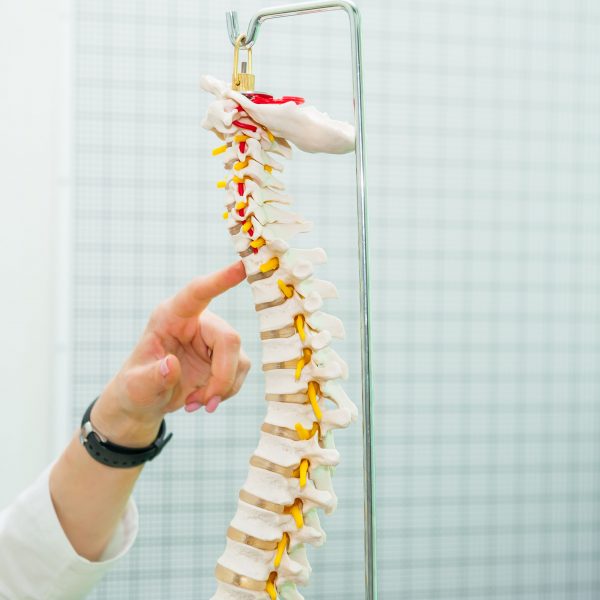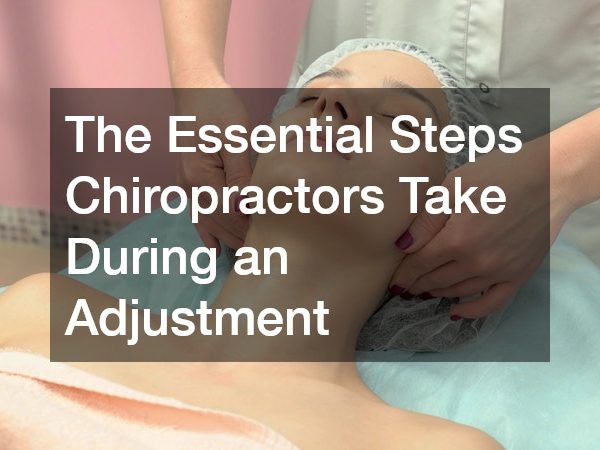Certain aspects in everyday life can easily show the difference between eastern and western civilizations. Asian food has more spices and uses a variety of plant-based ingredients, while Western food focuses more on meat and animal by-products. Western makeup is more dramatic and layered, while Asian makeup trends focus more on “glass-skin” and muted colors. Even the current fashion trends are different in both sides of the world.
Even when it comes to genetics, some traits are more evident in the east than in the west. Take “monolid” eyes, for example. They’re more distinct in Asian countries than they are in the west. Yet, while it’s common for people in the east to sport certain features, many Asian men and women are spending hundreds up to thousands of dollars to correct that. And that says a lot about universal beauty standards that society upholds.
What Are Monolid Eyes?
Look at your eyes in the mirror. When your face is relaxed, do your eyelids look like the eyelid on the left or does it resemble the other two photos? If your eyelid matches the one on the left, it means you have monolid eyes.

Simply put, these are eyes that do not have any creases or lines along the eyelid. Medically, it’s known as the Plica palpebronasalis, but it’s also known as the epicanthic or epicanthal fold, epicanthus, or the Mongolian fold.
People with hooded, double, or any other type of eyelid have eyelids that don’t fold completely from the inner corner of their eyes. If you have non-monolid eyes, try this trick. Look at a mirror and stare into your eyes. Without breaking eye contact, tilt your head downwards. You’ll notice that a part of your eyelids are hiding inside the crease of your eyes, making it look like you have a monolid. But if you look at the inner corner of your eye, you’ll notice that the eyelid skin isn’t totally hiding so you’ll always see a crease there no matter how far down you look.
People with monolid eyes, however, have eyelids that extend in a different way from the root of the nose to the tip of the eyebrow. When their eyes open, their entire eyelid is tucked under the crease, so you don’t see any lines above their eyes like other eyelid types.
How Common Are Monolid Eyes?
There are many cases of fetuses found with monolid eyes regardless of their race. Because their bodies and the bone structures by their nose bridge are still developing, it’s common to see ultrasounds or aborted fetuses sporting monolid eyes. In most cases, though, they lose this feature within three to six months after they are conceived. By the time they’re born and open their eyes, they can already sport eyelids with creases.

Monolid eyes are most common in Asian ethnicities. You’ll find this feature common in East (China, Japan, Korea), Southeast (Vietnam, Thailand, Indonesia), Central (Kazakhstan, Tajikistan, Turkmenistan), and North Asia, Oceania, and South American. It is a nearly universal trait for natives in East Asia, which means more people may sport monolid eyes than any other type of eyes. Mestizos – people with both European and foreign ancestry – may also have a chance of developing monolids, but their western genes may decrease that chance.
It is still possible for people in the west to develop monolids, though it’s not as likely as Asian countries. Areas such as Eastern Europe, Middle East Asia, Western Asia, and North African natives have less frequency of monolid people, but it is still likely due to the gene pool being close to places where monolids are common.
What Are the Benefits of Monolids?
Monolids are a recessive trait, which means that if one parent has a gene for monolids and the other parent has the gene for double eyelids, it’s highly likely that their children will have double eyelids. As a recessive gene, you’d think that it would have become a rare trait now that miscegenation is no longer criminalized in nearly all parts of the world. So, why are monolids still the dominant trait in many parts in the East?

It has a lot to do with survival of the fittest. Darwinian Theory suggests that the genes that help people survive will leave the most copies in its offspring. Monolid eyes have more body fat around the eyes, which provides better protection from cold climates. It insulates the eyes and sinuses, making it easier for people to adapt to cold climates. The way the eye is shaped for monolid eyes may also protect people from snow blindness.
Eyes exposed to extreme cold may get more watery, develop keratitis, blurred vision, eye pain, and frozen cornea. The original Aleut, Inuit, and other ancestors that lived in the cold are areas where monolids have become a staple feature in the area.
Are Monolids a Birth Defect?
Not necessarily. In places where monolid genes are most evident, it is a matter of genetics, not birth defects. However, monolids may sometimes be a sign of a congenital abnormality. When the nasal bridge does not fully develop in the womb, fetuses are born with monolids.

Around 60 percent of people with Down syndrome have monolids. Back in the 1860s when the condition was still being studied, John Langdon Down coined the term “mongoloid” to describe how people with Down syndrome resemble people with monolids from the Mongolian race. While “mongoloid” is now used as an offensive term with someone with Down syndrome, some people refer to monolids as “Mongolian fold” not because of the medical condition, but the Mongolian people used to compare the traits with.
Other cases of monolids as a genetic defect are found in people with Zellweger syndrome, fetal alcohol syndrome, and Turner syndrome. These are all conditions that develop in fetuses before they’re born, so the only way a person can have a monolid defect is through birth.
Are There Ways to Change Monolids?
There are only two ways to change monolids and make them have creases: a temporary eyelid adhesive, or a permanent cosmetic surgery called the “East Asian Blepharoplasty.”
Eyelid Adhesive
Eyelid tape and eyelid glue are temporary ways of making monolids appear to have natural crease lines. When their eyelids return to its normal position, there is a bit of adhesive that attaches a part of the eyelid together, folding it into a regular crease line.
This is washable and a safe process, depending on the adhesive you buy and where you’ve sourced it from. However, it is only temporary. A low-end adhesive may make your eyelids return to normal in a matter of hours, but high-quality ones may last you the entire day.
East Asian Blepharoplasty
Also known as “double eyelid surgery,” this is a form of cosmetic surgery that reshapes the eyelid skin to form a crease. It’s most commonly performed on East Asian women, hence its name. Here’s a video showing what happens during surgery, though we have to warn you that it can be quite graphic if you’re squeamish about seeing blood, fat, and open skin.
The doctor adjusts the fat and eyelid skin by the inner corner so that when a patient opens their eyes, a crease line forms. The eyes may look bloated after surgery, but after the sutures completely heal after a few weeks, the result is natural-looking double eyelids.
What It Says About Eastern Beauty
East Asian Blepharoplasty is cosmetic surgery and has no health benefits. Yet, men and women are willing to pay up to thousands of dollars just to have an extra line on their eyes. While people are free to make their own choices about their bodies, the need to stray away from monolids says a lot about how western beauty standards dominates over eastern beauty.

Sure, eyelid surgery is no different from nose jobs and liposuction – it’s just men and women wanting to adhere to societal beauty standards that, although unspoken, exists whether we like it or not. There is, however, a big problem when you’re suggesting that dominantly western eyes with eyelid creases looks better than monolids commonly seen in Asian people.
No one wants to be obese, which is why there’s not surgery to make people fatter. No one wants to have a bulbous nose, so unless a person specifically requests for an ugly nose, the goal of nose jobs are to make noses prettier. But having surgery on a dominantly Asian trait suggests that no one wants to look Asian and would rather opt to be western.
If you have monolid eyes, you shouldn’t have to feel embarrassed or ashamed that your genetics didn’t provide you with eyes that adhere to western beauty standards. But if you feel the need to get them changed, you have a temporary and permanent solution available in the market.






